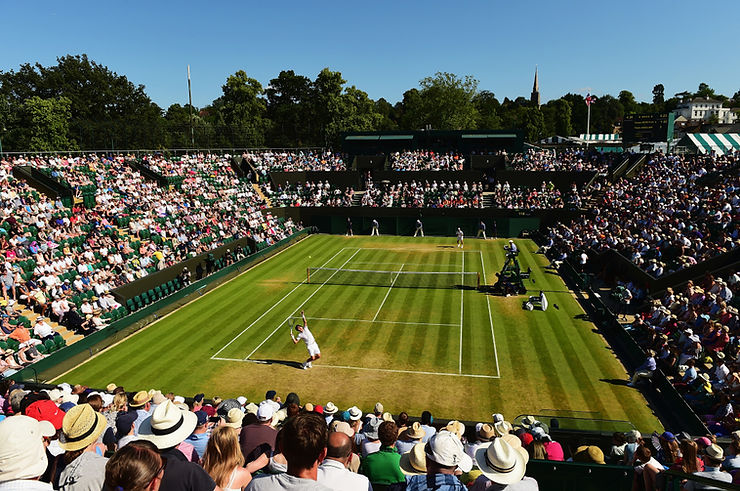By: Zhaohua Chen
Wimbledon, one of the prestigious Four Grand Slam Tournaments that happen year-round in tennis, is most widely known for its historic sense of tradition. Yet, as Wimbledon comes to a close, those unfortunate enough to be eliminated in earlier matches leave the lush courts for another pastime– croquet.
While the organization that owns the famed Wimbledon compound is often only known by the three words of All England Club, the club’s full name is the All-England Lawn Tennis and Croquet Club. If it was not for croquet, the All-England Club would not have risen to the top in tennis.
On July 23, 1868, six men had a meet-up in London to create the All-England Croquet Club. Eventually, tennis was added to the lineup and surged ahead of croquet in popularity. Despite all this, croquet remained firmly embedded in the club’s namesake.
From that point onwards, the playing fields of the All England Club were mostly all reserved for tennis courts, with the croquet courts staying in a corner. That was, all the way until 2007, when croquet was relocated across the street from the club to make room for another large tennis stadium.
A few members of the All-England Club remained loyal to croquet and play it either for a pastime or just for practice after tennis matches. Now, as the players who have lost their matches walk off the fields of the All-England Club, they mostly gather in the croquet courts across the street.
Is it finally time croquet returns to the spotlight? Court renovations are beginning. Neil Stubley, the head of courts and horticulture at the All-England Lawn Tennis and Croquet Club, says, “So a traditional croquet lawn should be the same as a traditional USGA golf green. It’s a sandy profile. It’s normally a bent fescue sword. Because on croquet, like golf, the greens, it’s about the trueness and the smoothness. On a tennis court, it’s about rebound and ball height.”
The All-England Club’s croquet history is not nearly as legendary as its numerous hostings of Wimbledon, but it is still remarkable. Though there is not a designated top-tier tournament for croquet, players of it learn to appreciate just the sheer skill that comes with learning and playing it. They often travel to different areas, such as the Greek islands of Corfu and Montenegro, as well.
One of the club managers, Ross Matheson, comments on croquet’s year-long system, saying: “So every year in September, we sit down and look at the croquet plan for the next year, and they ratify it and fund it. And also remember, it’s a considerable investment. But all the maintenance and the preparation and the ongoing day-to-day care of those croquet lawns. A grounds team of 6 to 10 is constantly looking after those lawns, which we don’t necessarily have to do if we didn’t prioritize croquet as part of what we do.”
While croquet may not be on the same pedestal of golden glory that tennis has for many players at the All England Club or Wimbledon, it holds a deep history for both the founders of the club and those in generations to come.
Sources:











